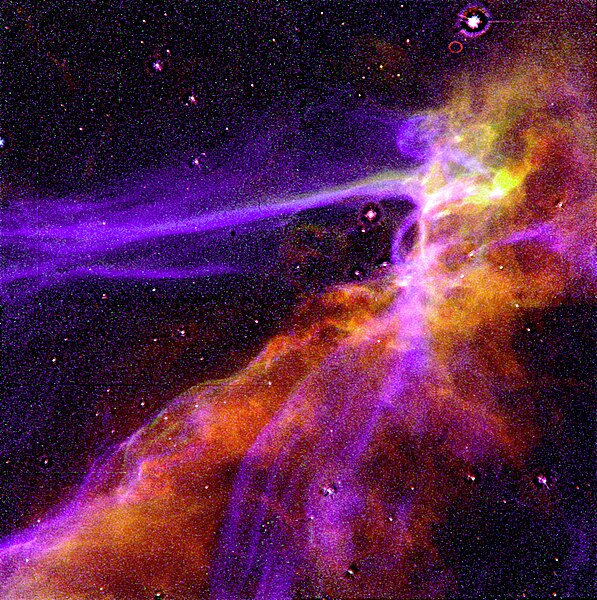Ta'ãnga:Cygnus Loop Supernova Blast Wave - GPN-2000-000992.jpg

Tamaño de esta previsualización: 597 × 600 píxeles. Otras resoluciones: 239 × 240 píxeles | 478 × 480 píxeles | 764 × 768 píxeles | 1019 × 1024 píxeles | 1519 × 1526 píxeles.
Marandurenda moambue'ỹre (1519 × 1526 píxeles; tamaño de archivo: 3,67 MB; tipo MIME: image/jpeg)
Marandurenda rembiasakue
Ejopy peteĩ ára/aravo rehe rehecha hag̃ua pe marandurenda ojehechaukaháicha upe jave.
| Ára/Aravo | Michĩháicha | Tuichakue | Puruhára | Jehaimombyky | |
|---|---|---|---|---|---|
| ko’ag̃agua | 01:18 9 jasyrundy 2009 |  | 1519 × 1526 (3,67 MB) | BotMultichillT | {{Information |Description={{en|1=This is an image of a small portion of the Cygnus Loop supernova remnant, which marks the edge of a bubble-like, expanding blast wave from a colossal stellar explosion, occurring about 15,000 years ago. The HST image sh |
Marandurenda jeporu
La siguiente página usa este archivo:
Marandurenda jepuru opaite tembiapópe
Ko'ã ambue wiki oipuru ko marandurenda:
- Jeporu ar.wikipedia.org rehe
- Jeporu ceb.wikipedia.org rehe
- Jeporu en.wikipedia.org rehe
- Jeporu es.wikipedia.org rehe
- Jeporu eu.wikipedia.org rehe
- Jeporu fj.wikipedia.org rehe
- Jeporu fo.wikipedia.org rehe
- Jeporu mk.wikipedia.org rehe
- Jeporu ms.wikipedia.org rehe
- Jeporu simple.wikipedia.org rehe
- Jeporu sq.wikipedia.org rehe
- Jeporu uk.wikipedia.org rehe
- Jeporu zh.wikipedia.org rehe


